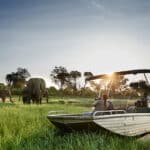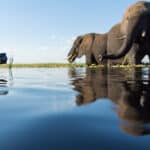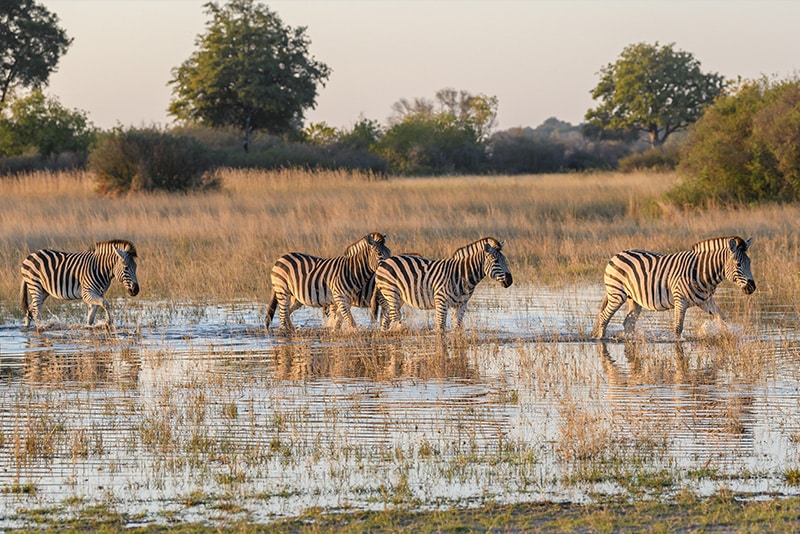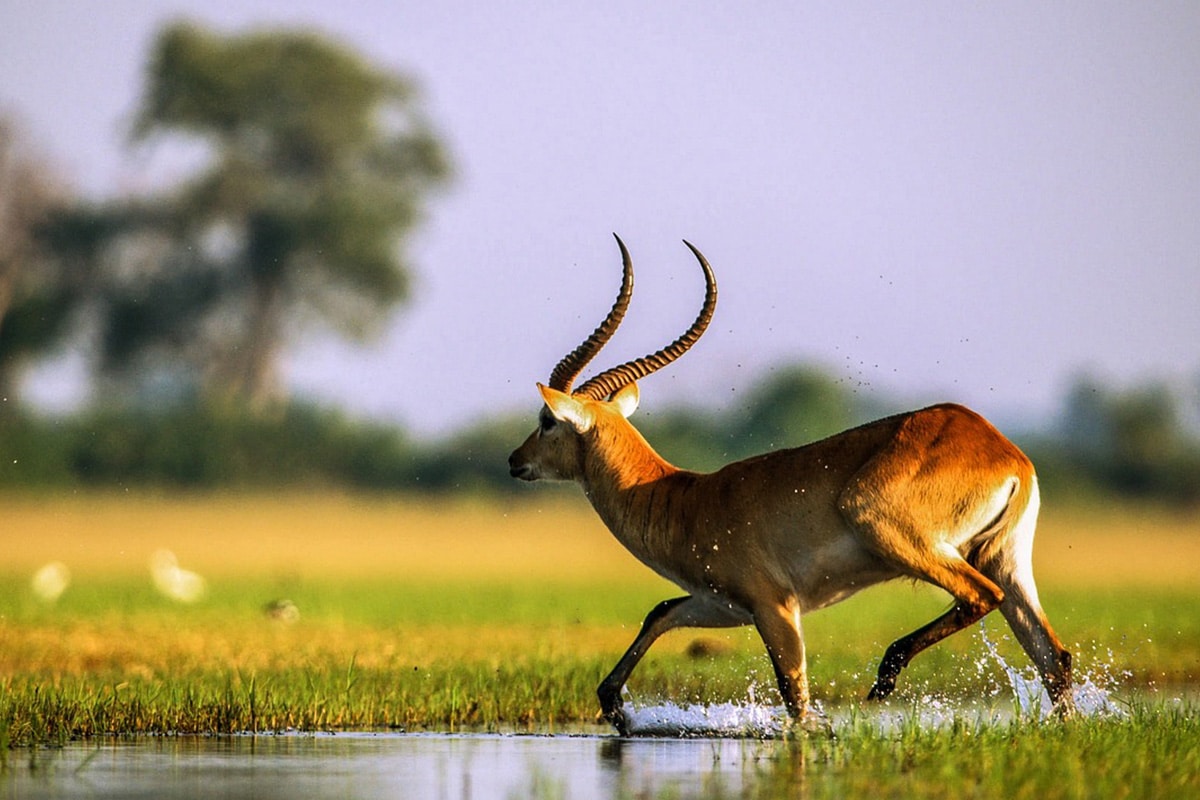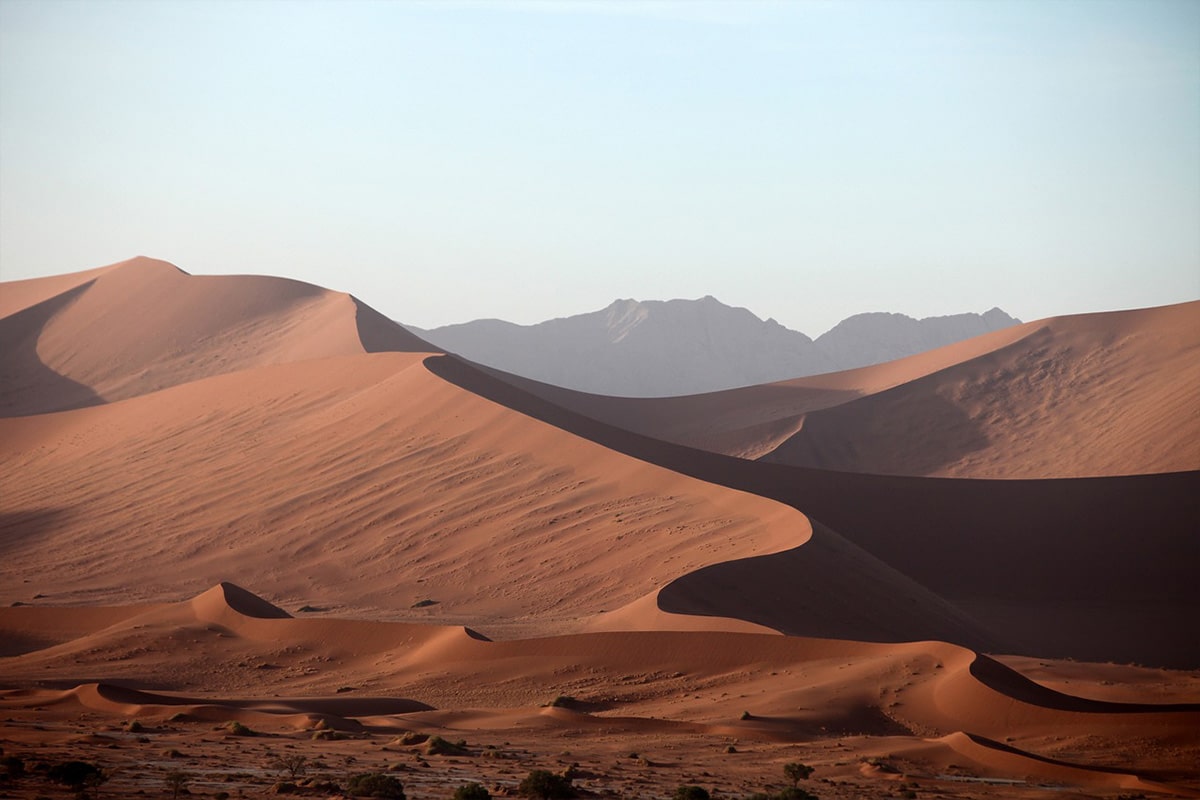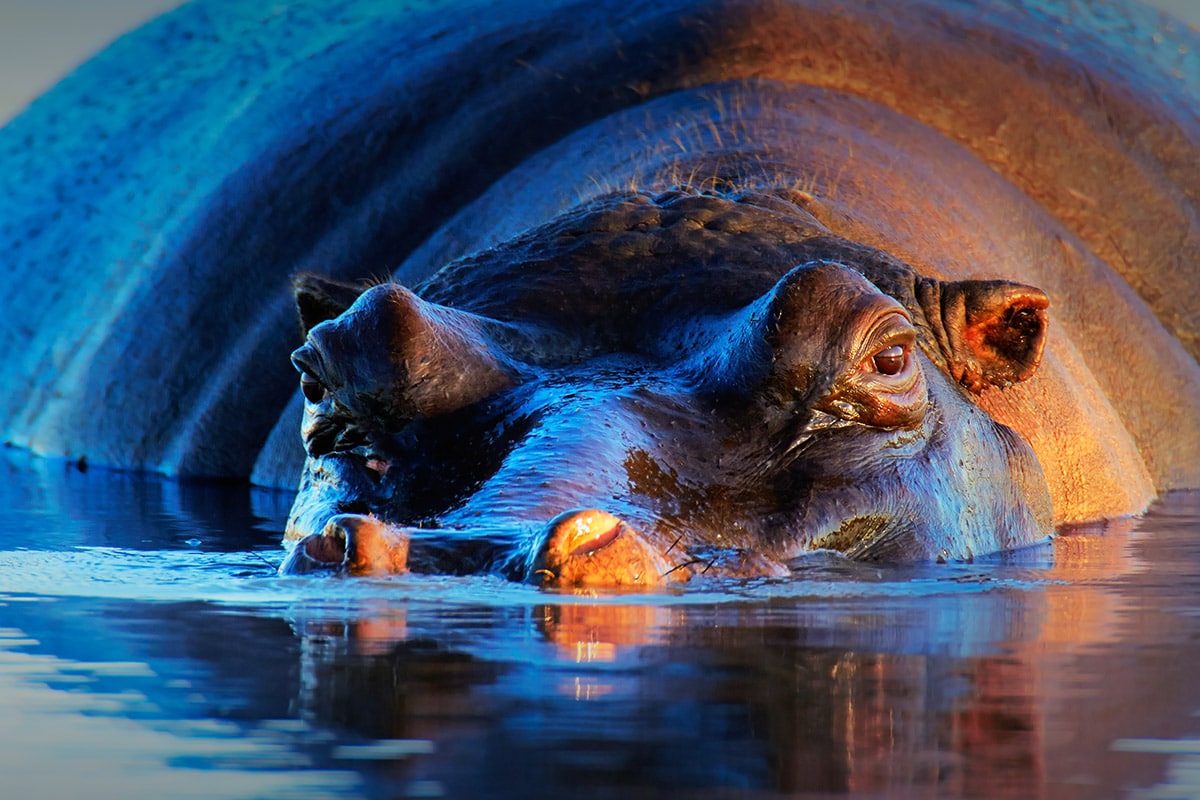Africa’s Green Season Safari Spectacular: Botswana’s Zebra Migration
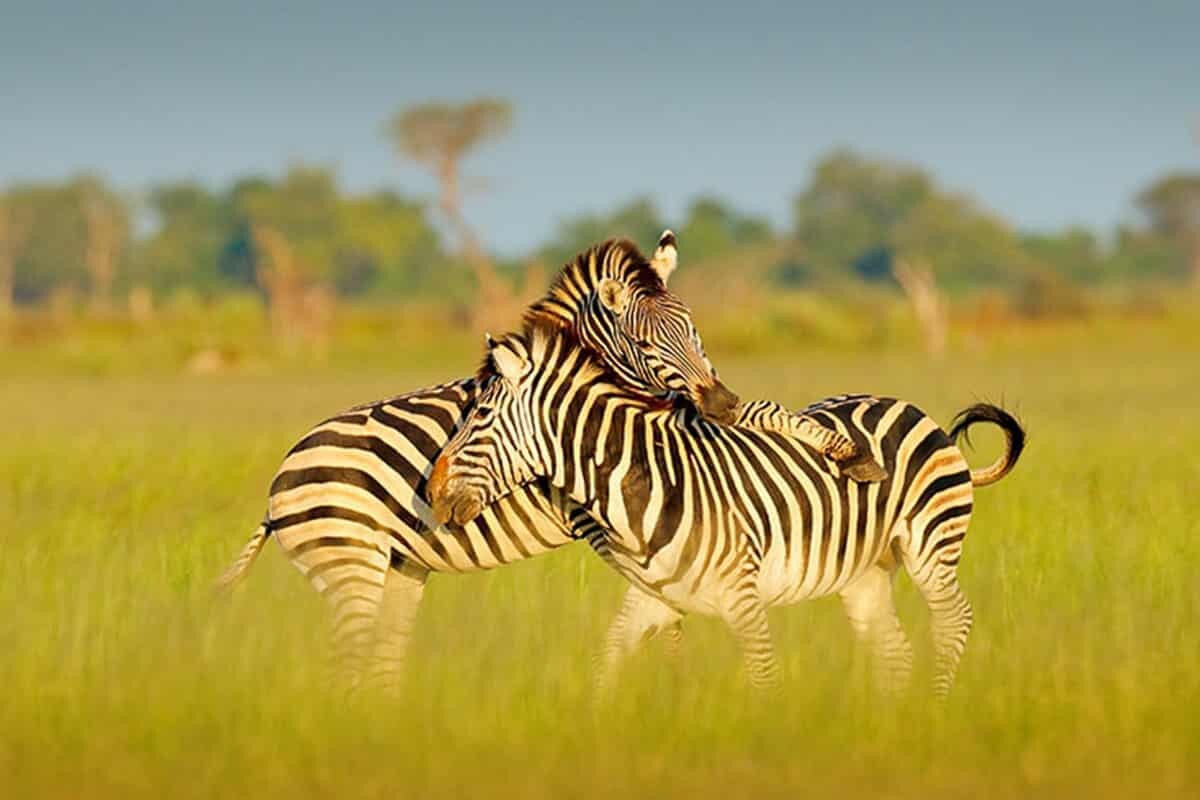
As the national animal of Botswana, the Plains zebra (or Burchell’s zebra) is regarded as an important and much-loved species in this Southern African country. Interestingly, two zebras adorn the Botswana coat of arms, showcasing this animal as a symbol of national unity.
In Botswana, these animals are part of an intriguing, but much less well-known annual migration in search of greener pastures. As the second largest zebra migration in the world this is just one of the many reasons to visit this country in the summer, better known as the green season. During a Big 5 and Wildlife Safari, if you visit the right areas at the right time of the year, you can experience this spectacle for yourself.
The Second Largest Zebra Migration in the World
In the mid-2000s wildlife researchers noticed that the zebra herds were occupying certain areas of land at certain times of the year, and that they were covering vast distances across the Kalahari Desert to do so. This meant that the zebras were migrating, a spectacle that has gone by largely unnoticed until then. The nomadic habits of the Burchell’s zebra in Botswana were not properly understood until tracking devices were used in a study by the conservation group Elephants Without Borders in 2012.
This mass zebra migration occurs twice a year. They first move from north to south and return the same way. They move south as the seasons change and the rainfall starts, always in search of greener land. The dry season in Botswana runs from April to October, while the wet season (or green season) occurs from November to March.
During the migration, the animals cover huge areas of land, up to 300 miles (approximately 500 kilometres), making this the longest migration in Africa. Recent figures suggest that up to 30 000 zebras migrate at any one time, making this the largest migration in Southern Africa, and the second largest migration in the world.
The Route Of The Zebra Migration
During the dry season, from May to November the zebra herds will be found in the wetlands in the north of Botswana, where plenty of water is available. As the dry season comes to an end and the rains start making their appearance around the end of November, the zebra will begin the long trek from the north to the south, following ancient migratory routes.
After crossing the plains of the Kalahari Desert, they enter the vast Makgadikgadi Salt Pans in January. This area is usually barren and lifeless in the dry season but will now burst with vegetation. Here they will spend the rest of the rainy season, before making their way back north again at the end of March.
When and Where to Experience the Migration
The zebra migration starts in the Chobe National Park in the north and end in the Makgadikgadi Pans National Park in the south. The best time to witness this amazing spectacle while on safari is in the summer off-season, or green season, when most tourists stay away from Botswana. However, if you do not mind some rain you can have the incredible opportunity to see the zebra herds moving across this vast land by the hundreds.
Your best option is to head south towards the Makgadikgadi Pans National Park. The best time to be here is in December-January or March-April when the zebra will be arriving or leaving this area. When the rains begin in the Makgadikgadi Pans, the usually salty, barren and lifeless land begins to be revitalised. The edge of the pans fill with water and become muddy and sludgy.
By the time the zebra arrives in December, the salt pans are prime grazing land. And with the zebra, come all manner of predators and birds to temporarily populate this desert region with a vibrant array of life.
Experiencing the Migration in the Makgadikgadi Pans National Park
The empty plains of the Makgadikgadi Pans offer wide, open views of the surrounding landscape, making tracking and spotting the herds easier than in the dense river deltas to the north. You might even witness herds of zebra being stalked by the large predators that chase them. It is common to see lion, leopards and cheetahs bounding across the salt pans at this time of year in chase of their prey.
This time of the year travel can be unpredictable, so be prepared for wet and muddy weather. For this reason, it’s best to travel with a guide or to arrange a fly-in luxury Botswana safari at one of the best fully-serviced luxury lodges to ensure that you have access to the best local knowledge of the area and to increase your chance of seeing the most zebras and other wildlife.
Come and See The Zebra Migration in Botswana
If you would like to witness this wildlife spectacle for yourself, contact Jewel of Africa Safaris to customize a more affordable green-season luxury Botswana safari, which incorporates the Makgadikgadi Pans with other destinations in Botswana or its neighbouring countries.

